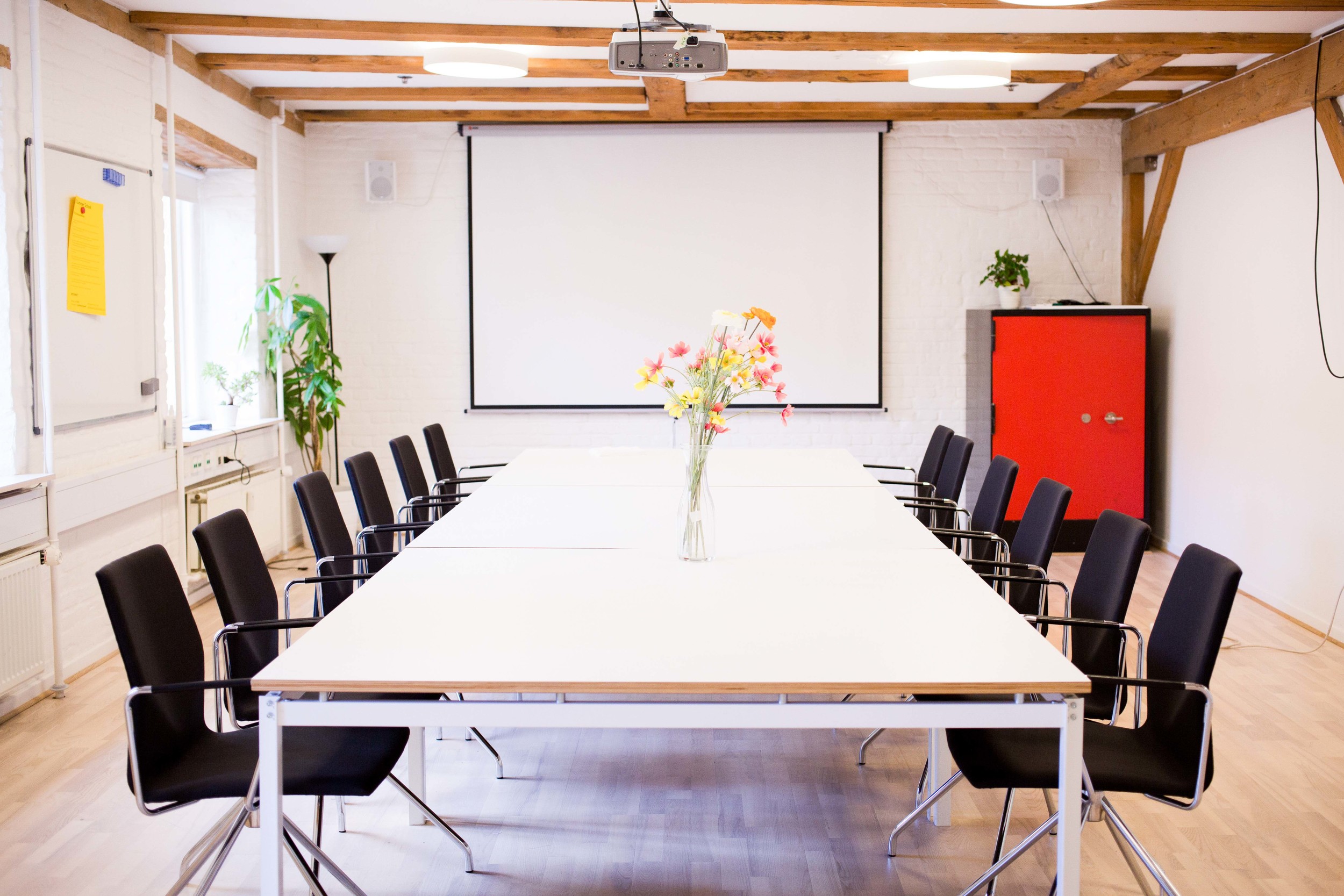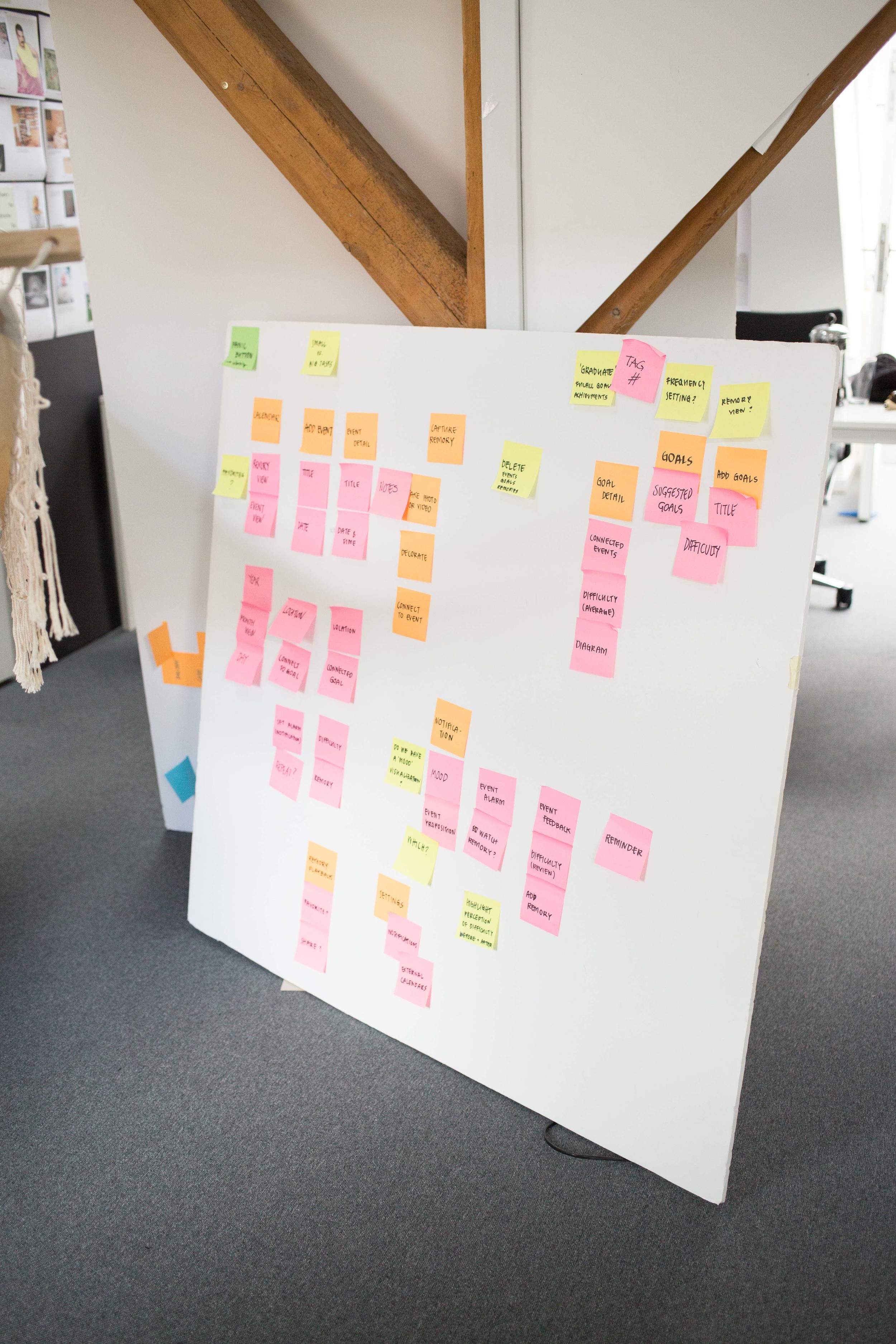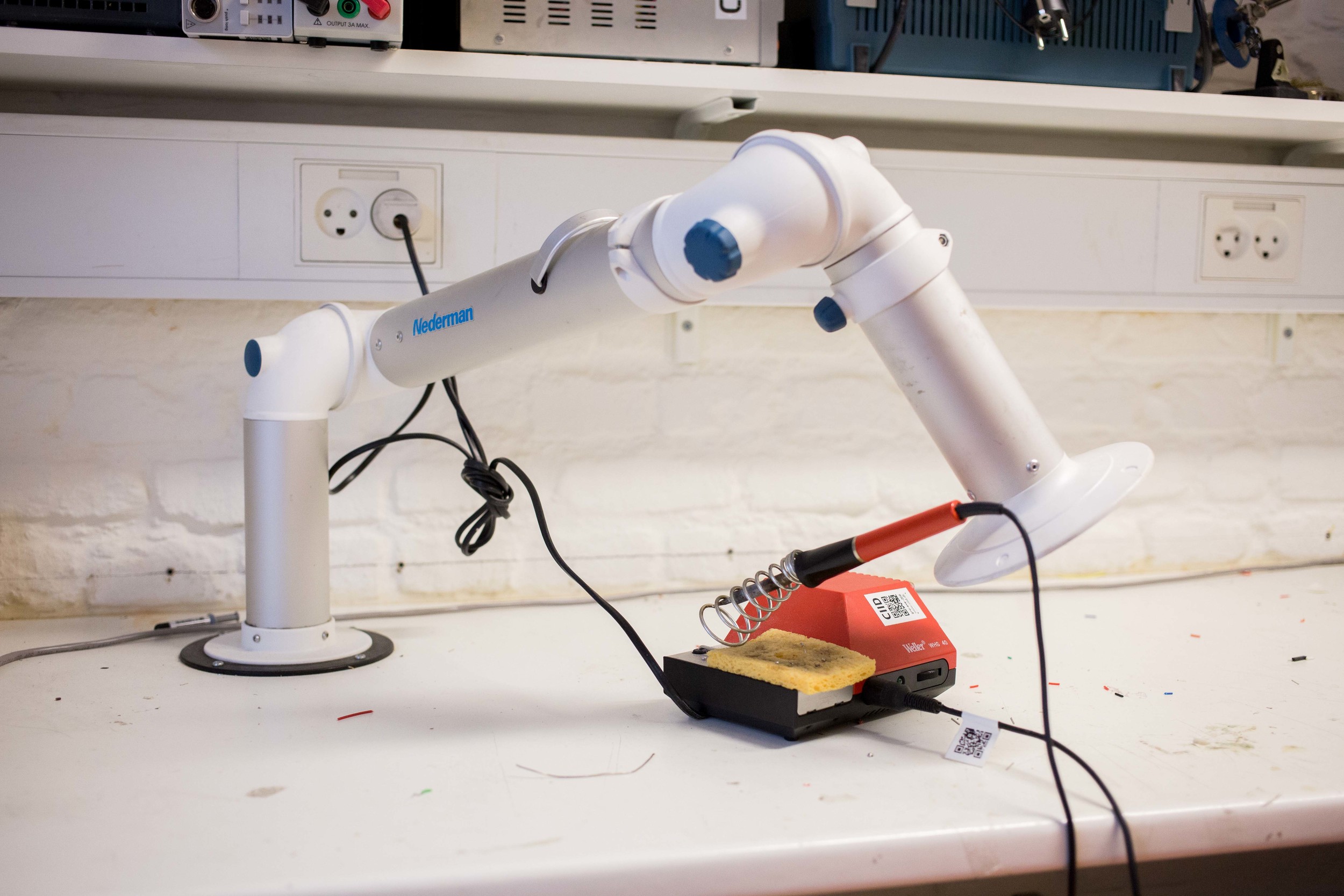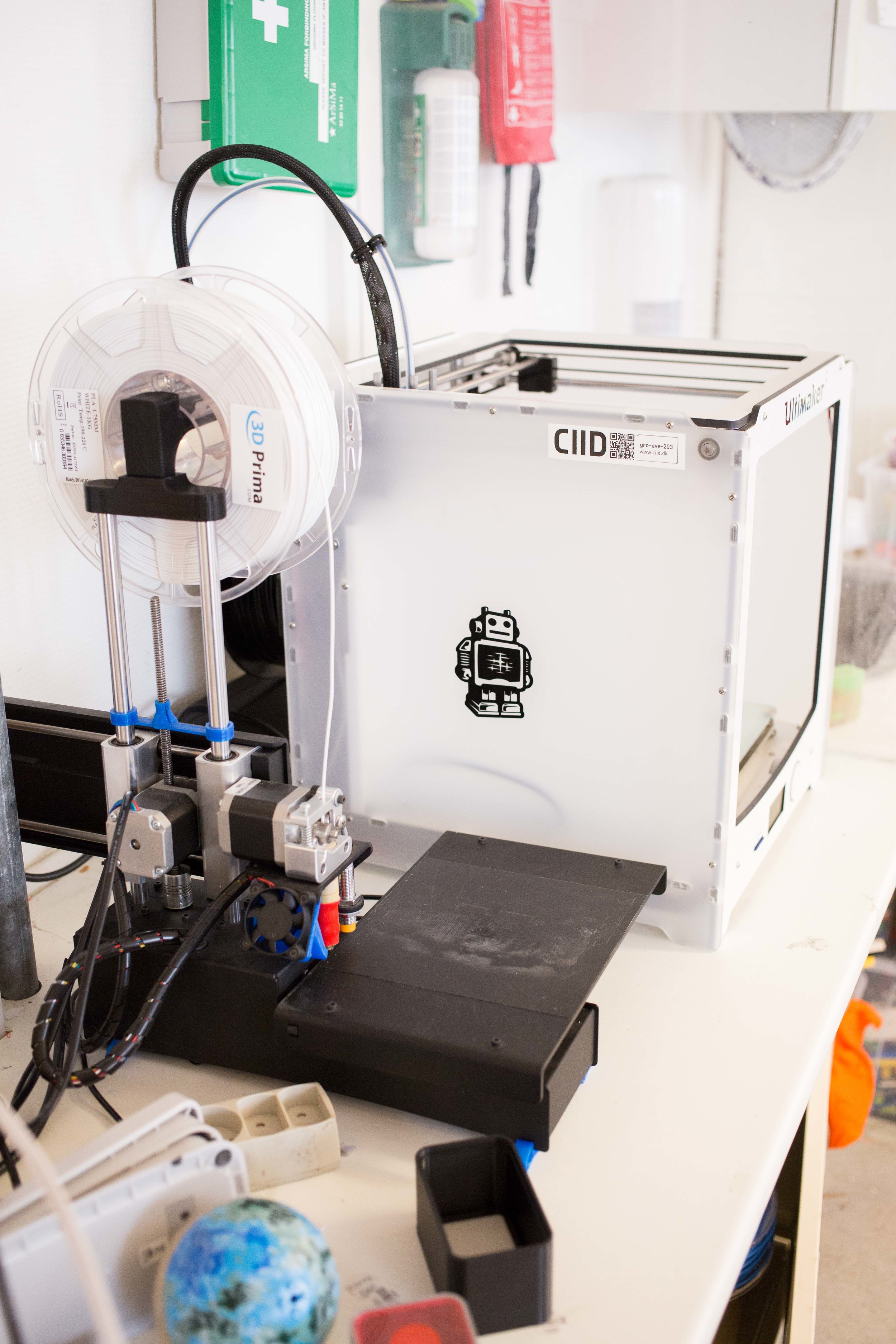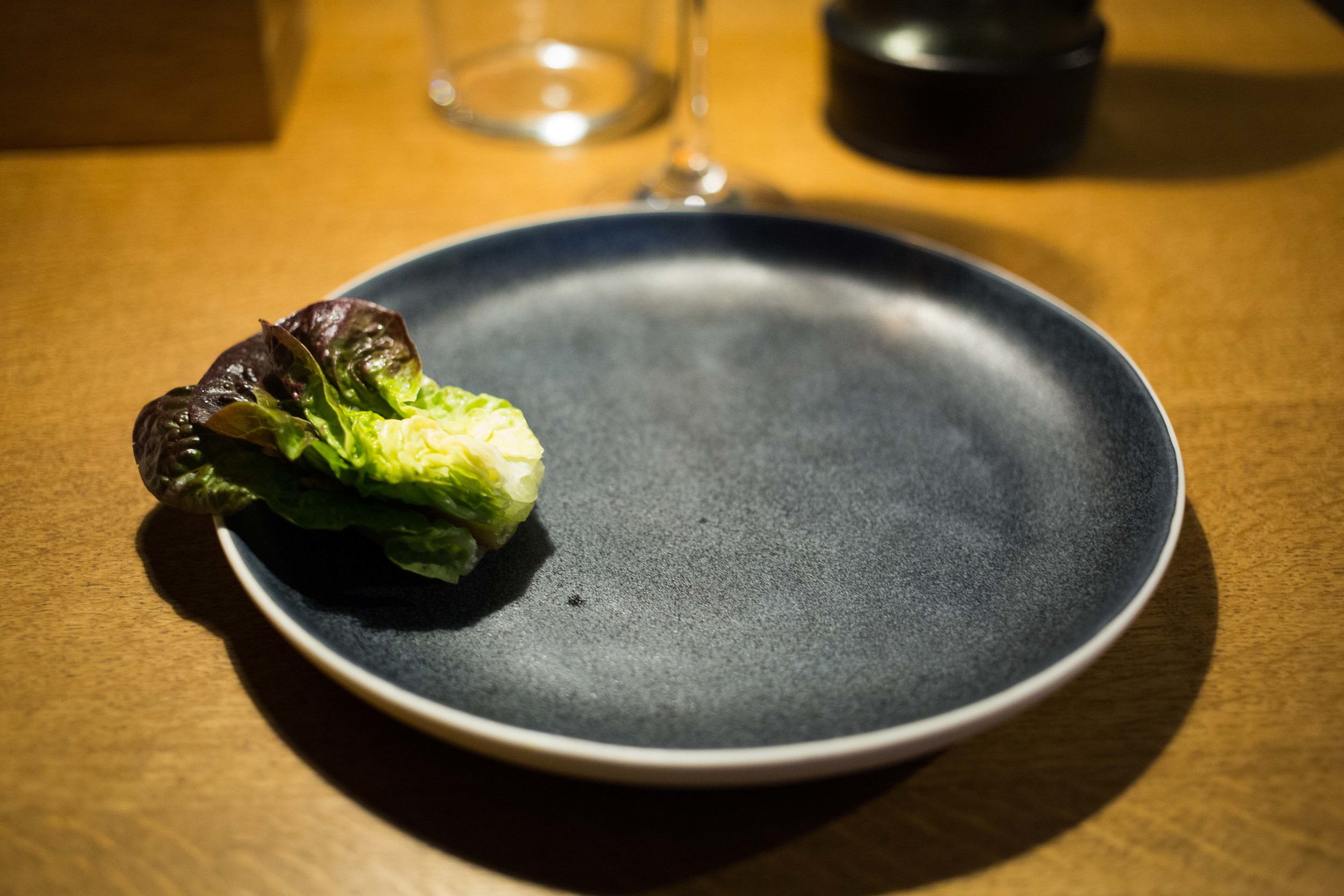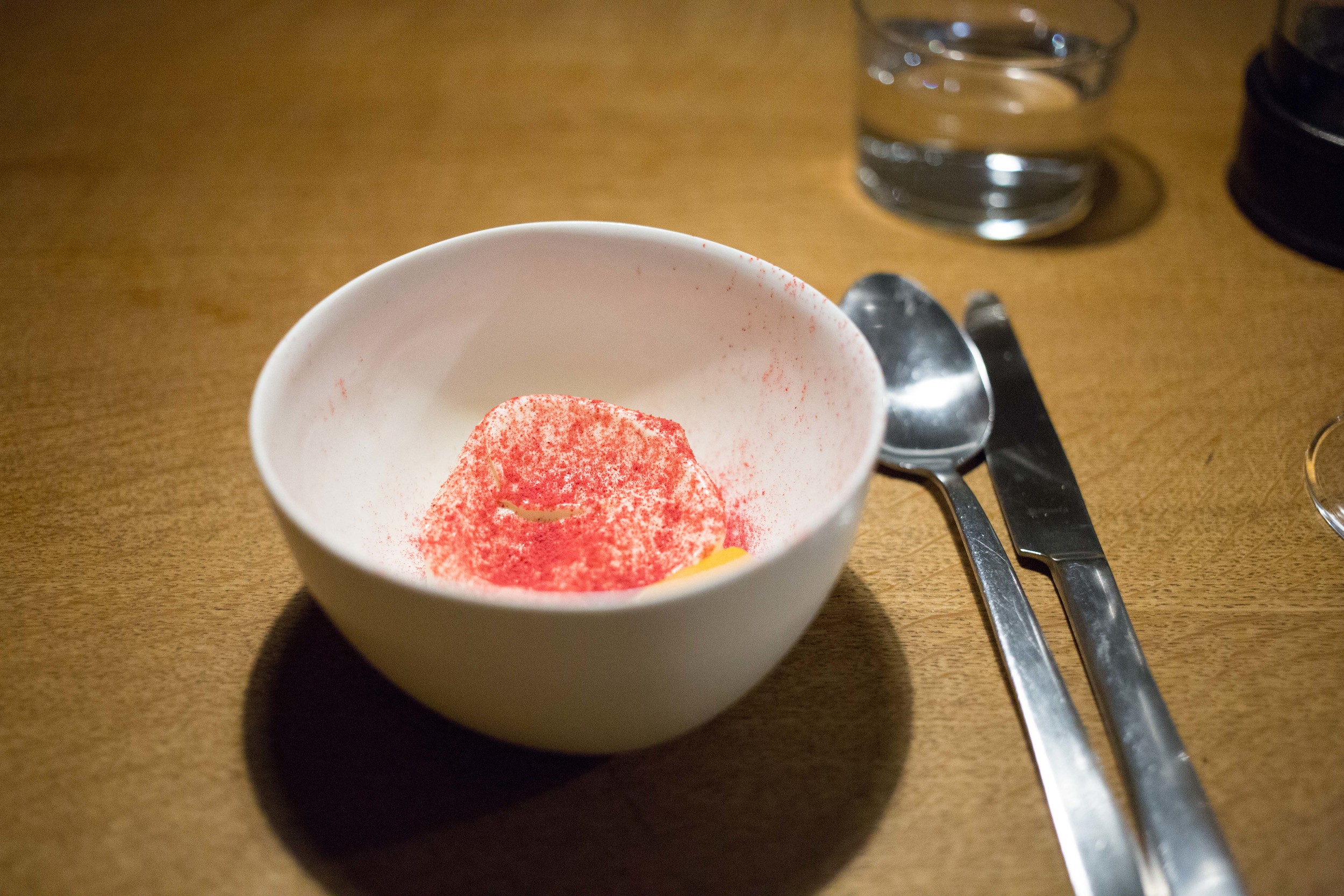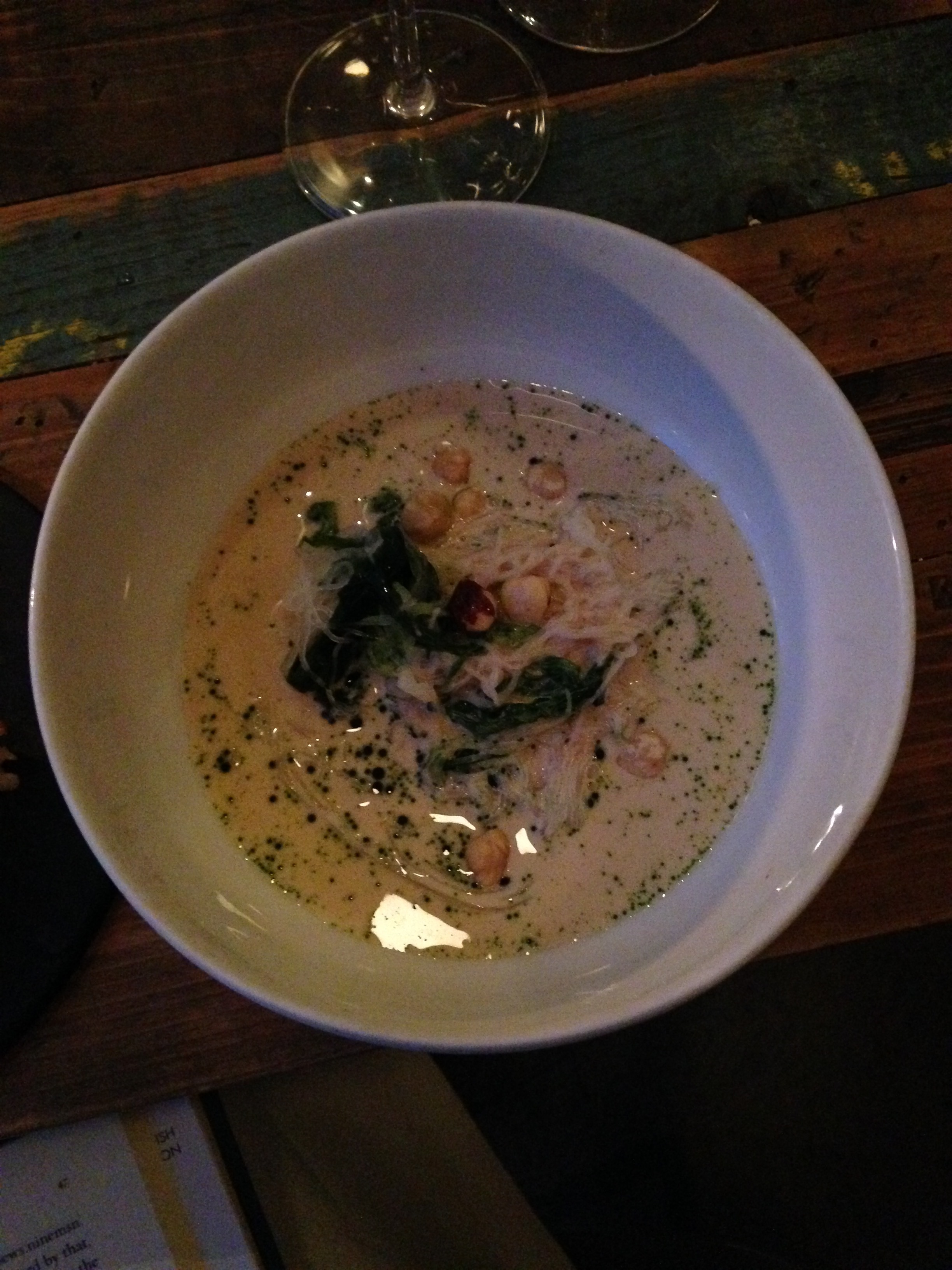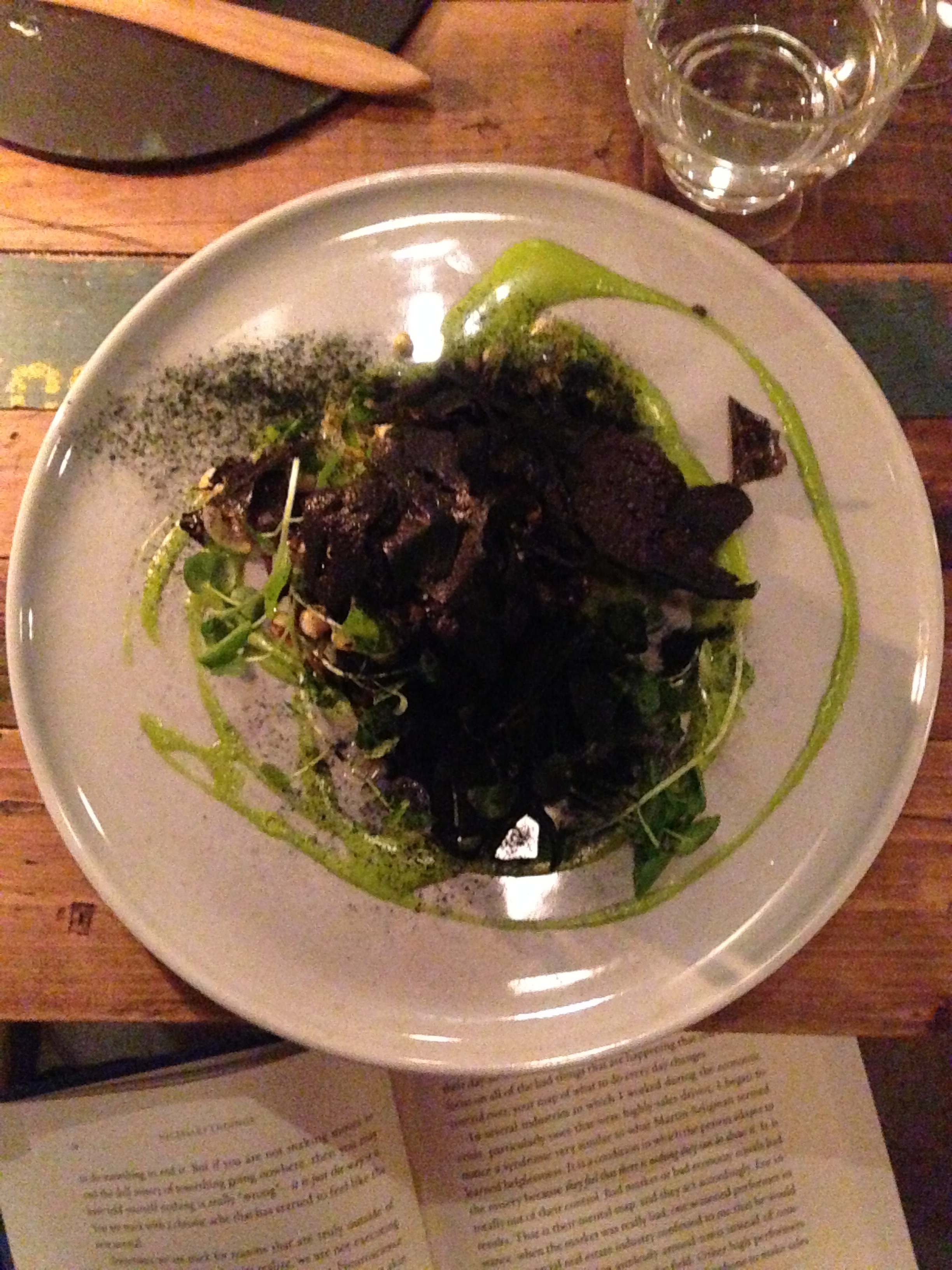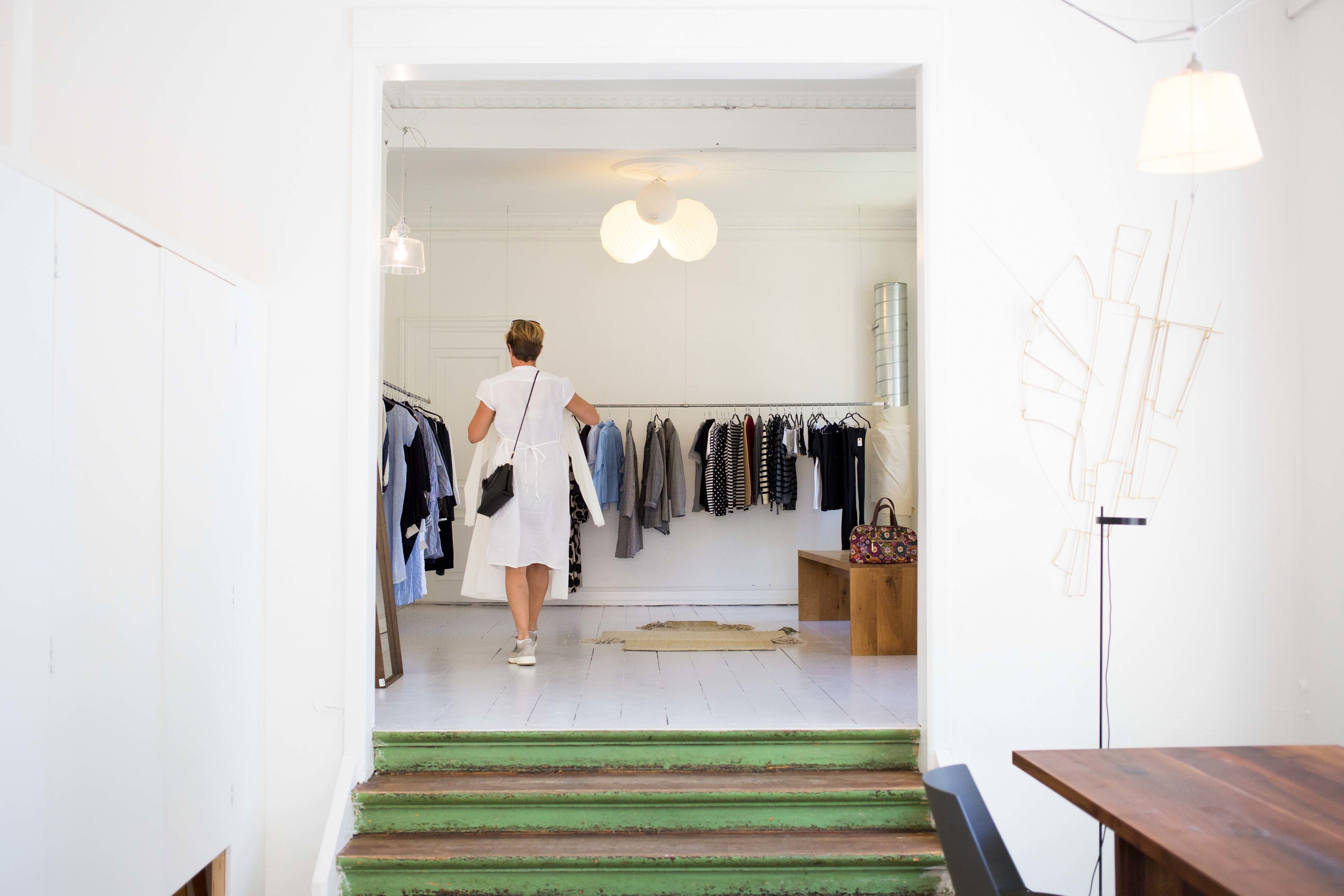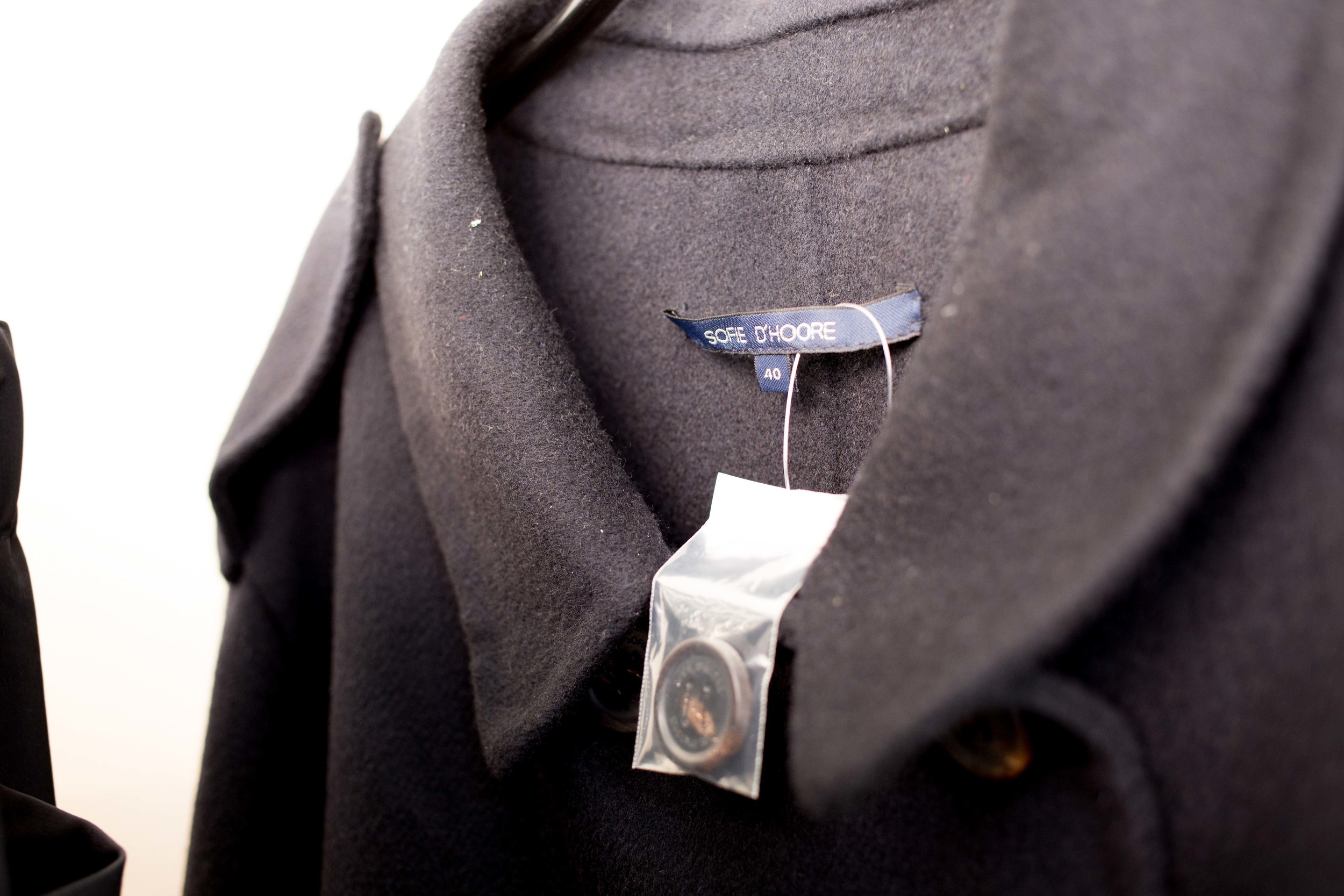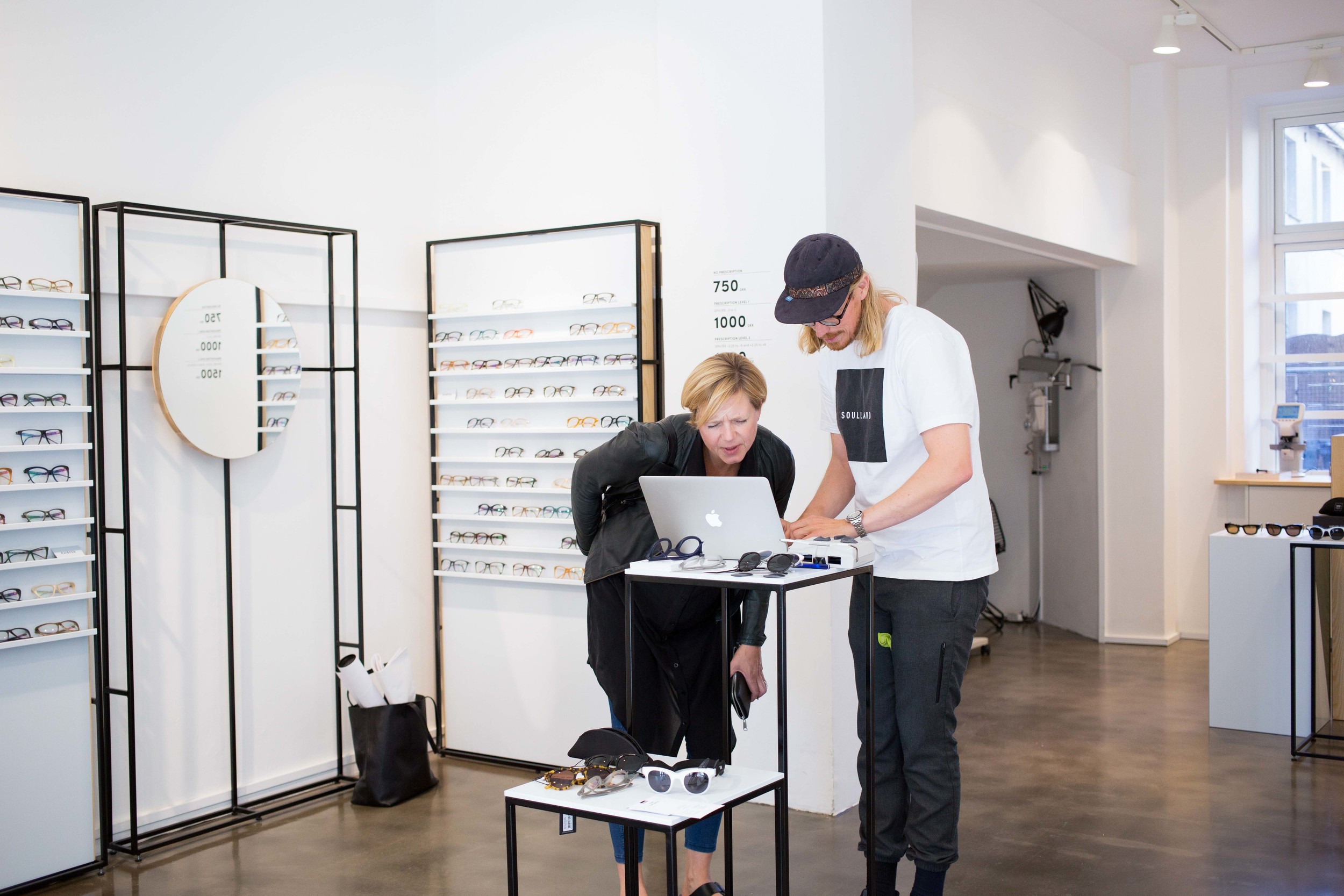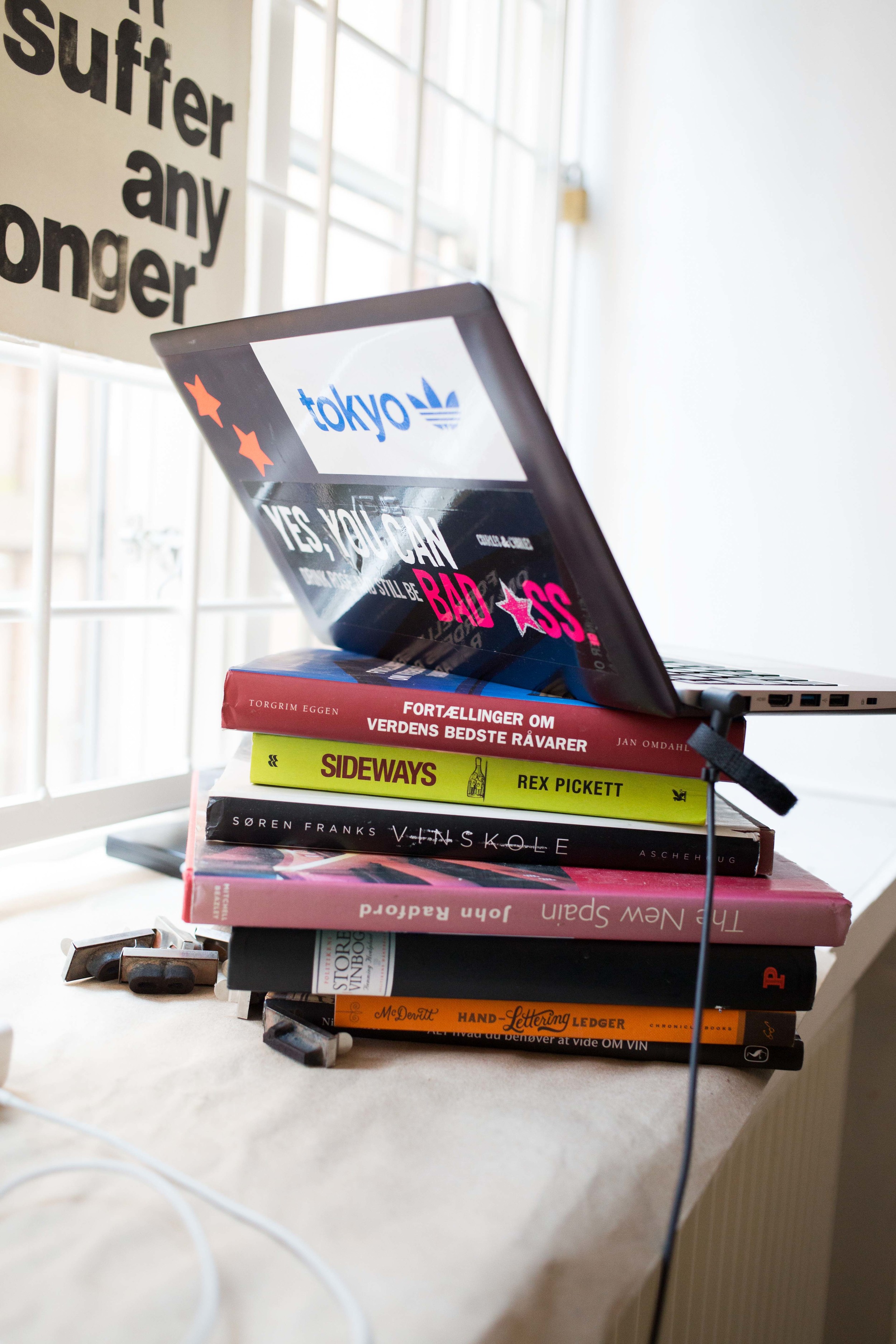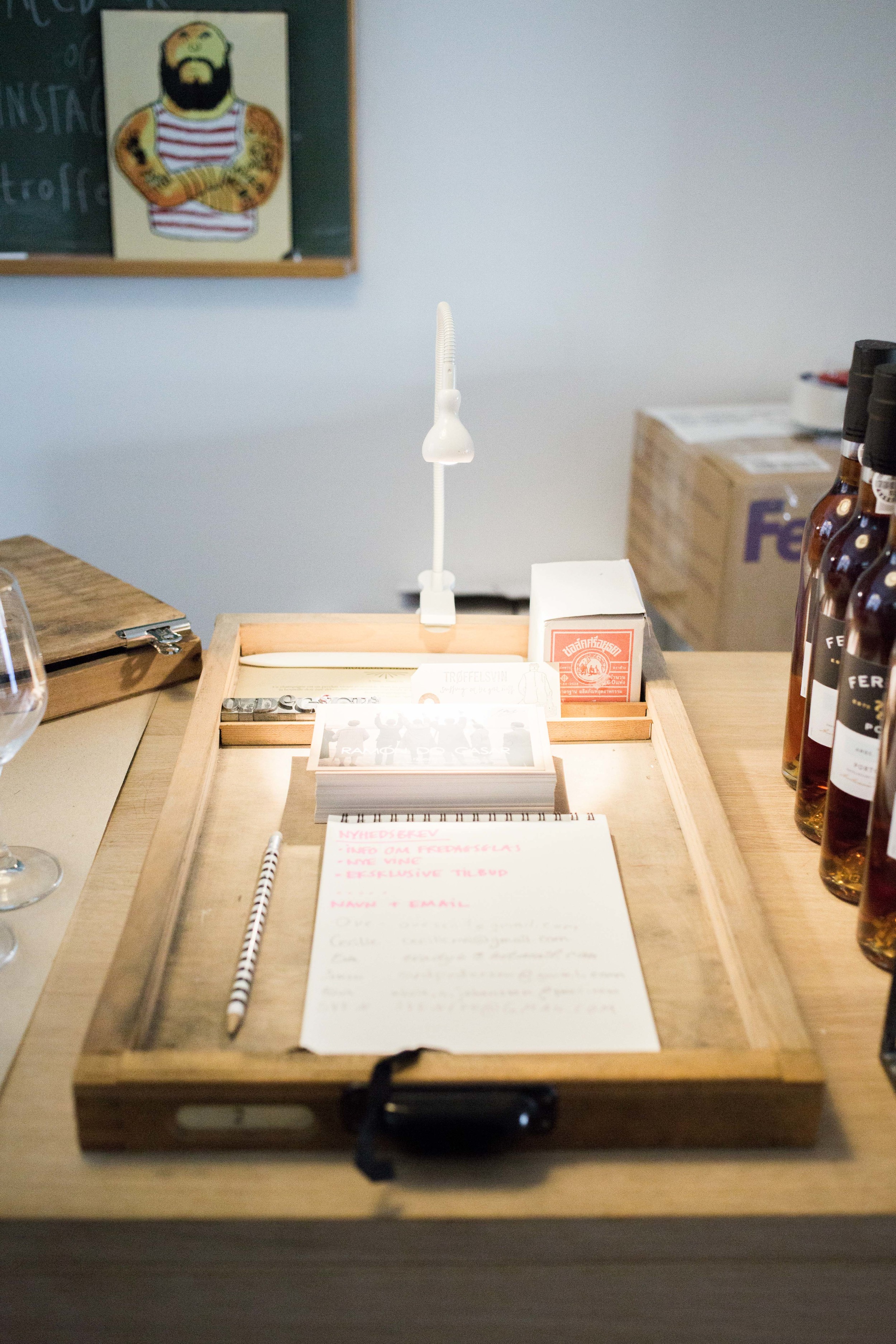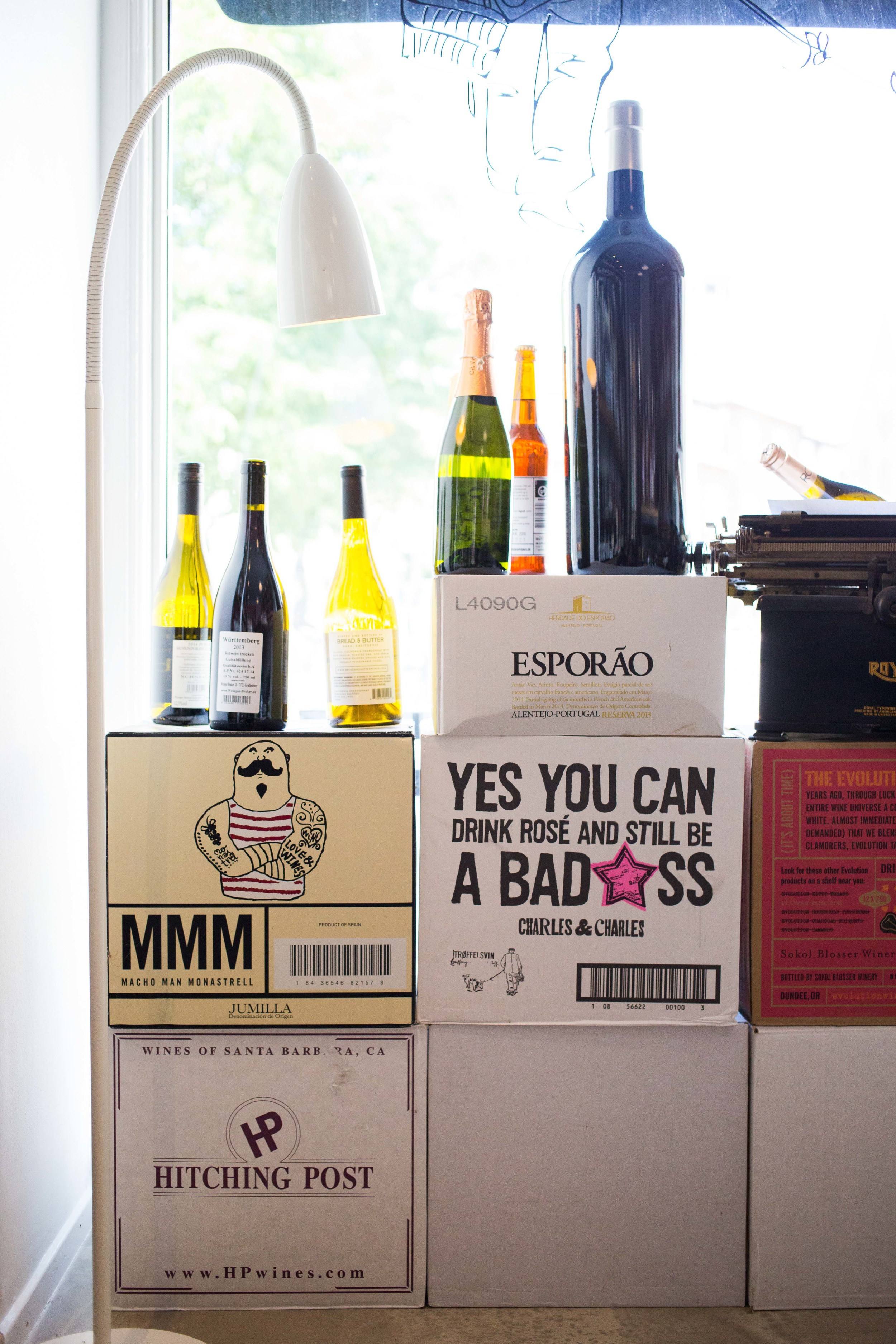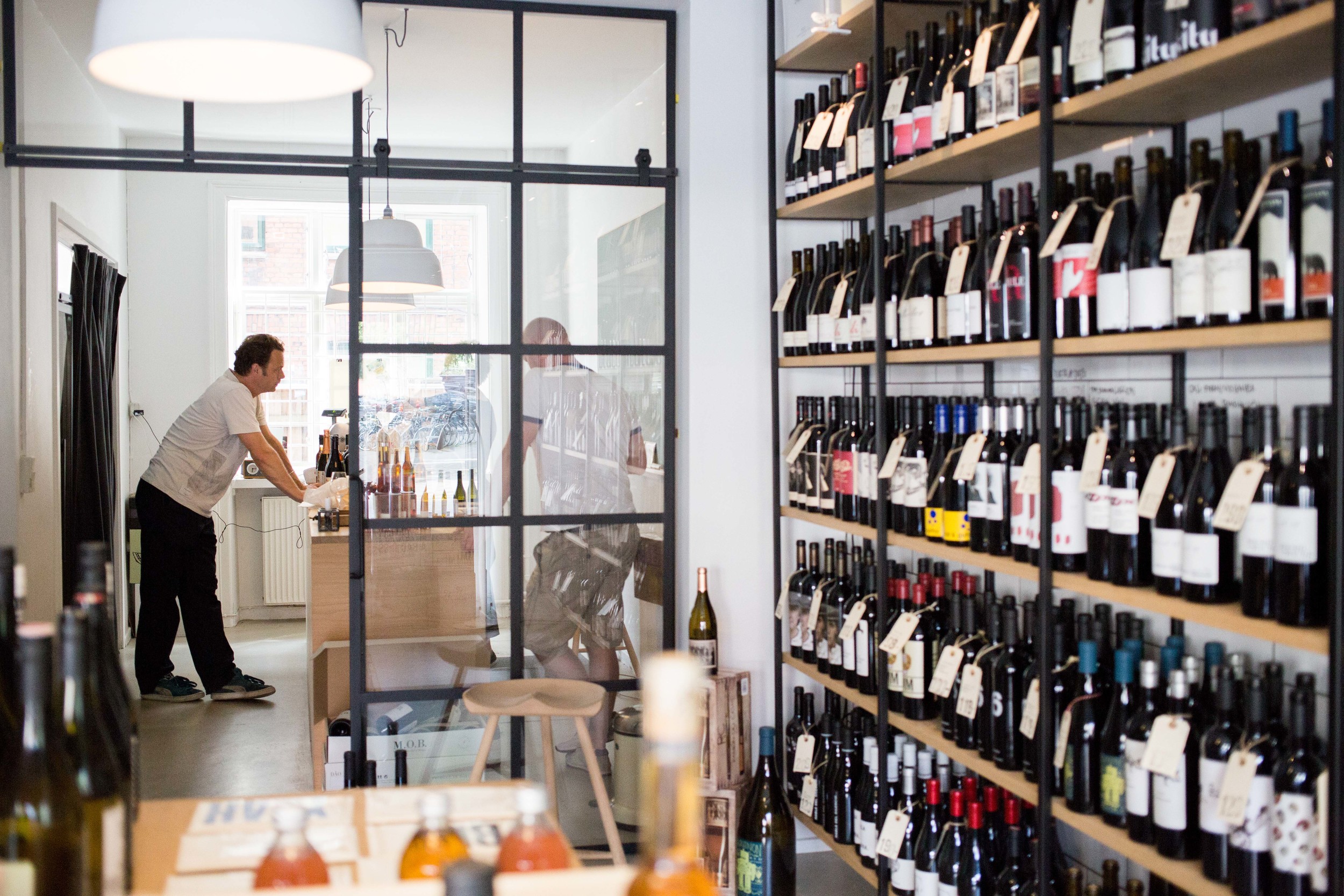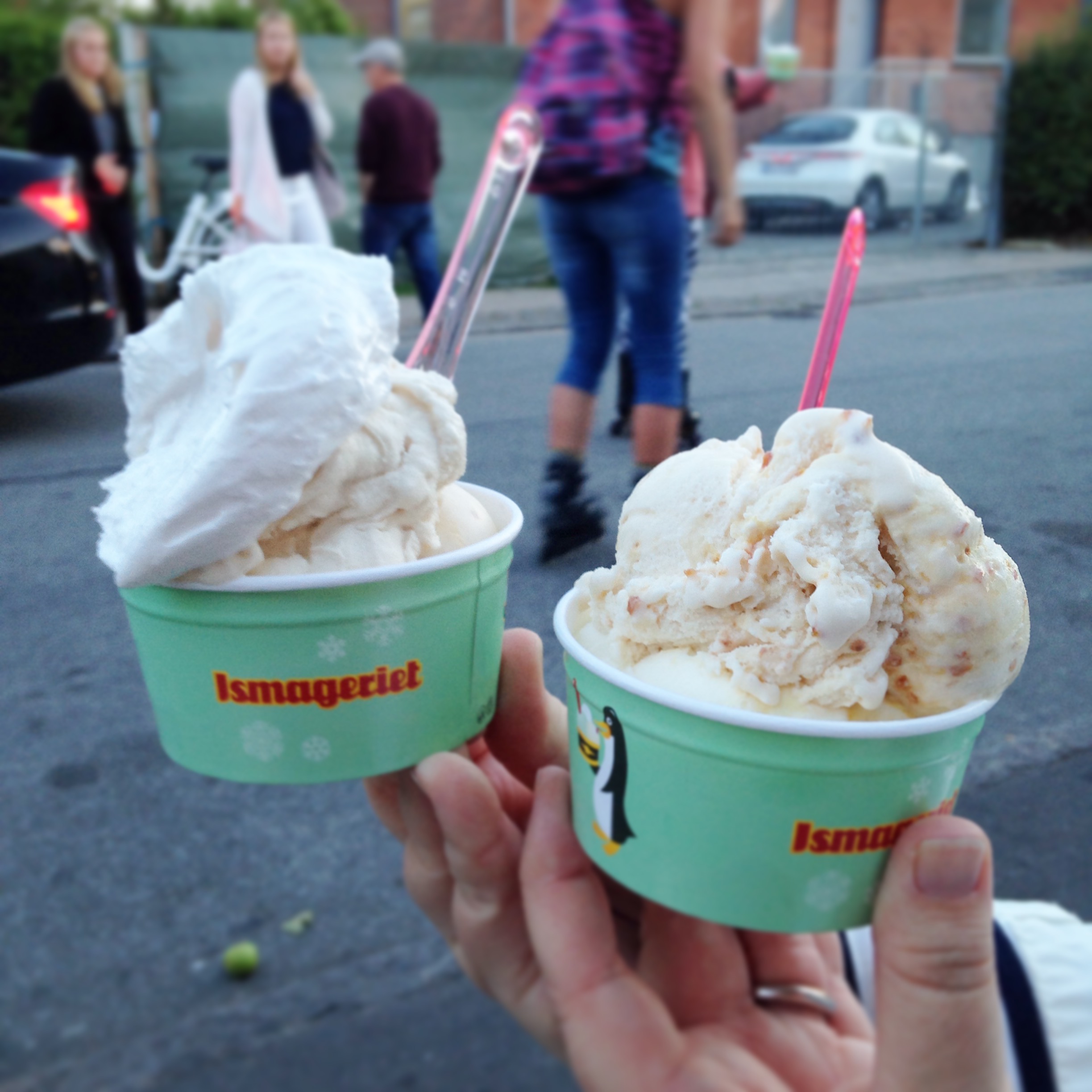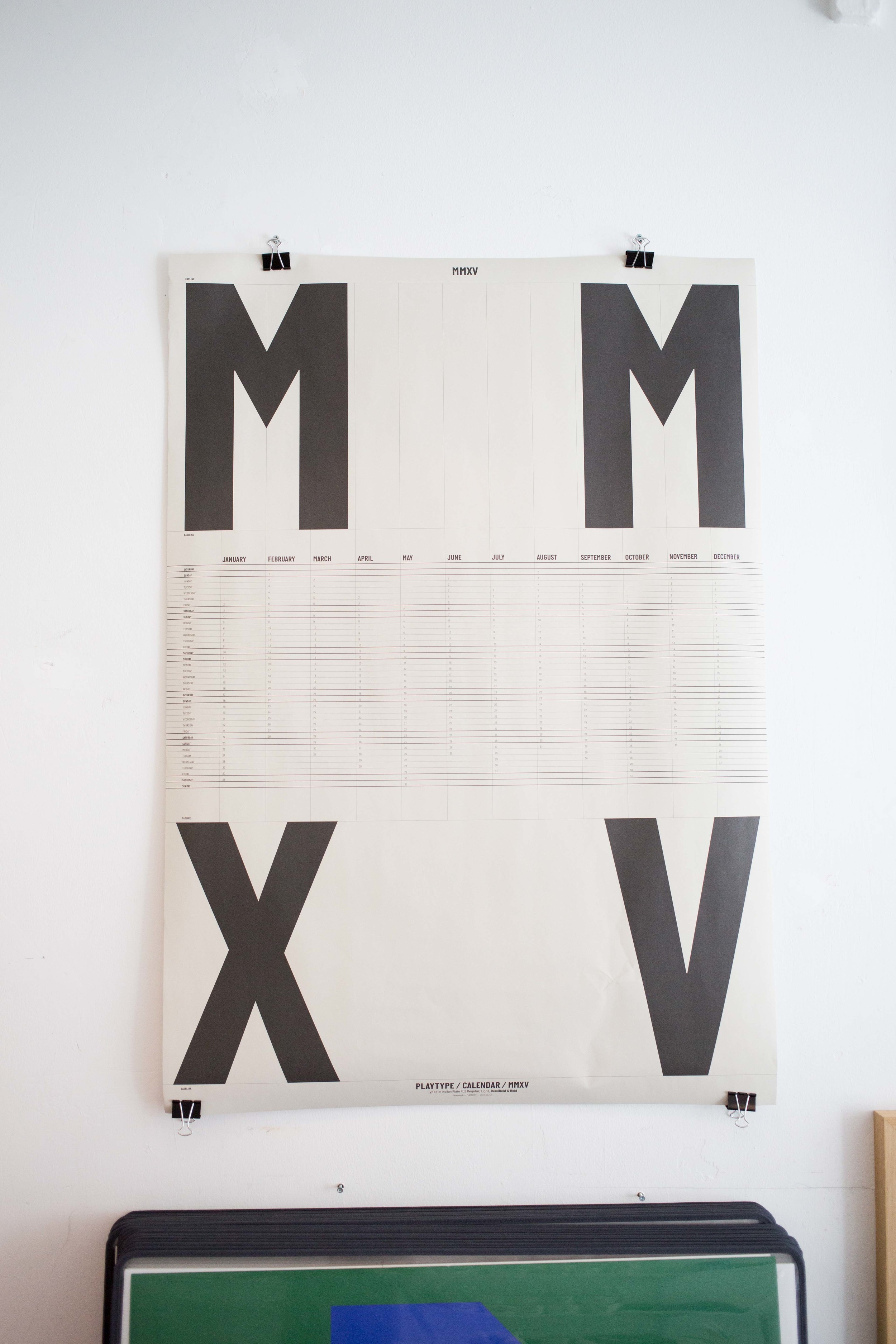Update: I have not yet gone back to a full-time job. I decided that 2 full months was not enough time for my mini-sabbatical and that I needed a bit more time. I have chosen to design my life in this way right now and we shall see what comes from it. I will write a full post when I take my next steps.
Pictured here are Jen and Jo from Starshaped Press. Two people who are very near and dear to me and who have been incredible encouragers and friends.
This decision, magically, has done wonders for me so far and I have met, been introduced to, and created many new personal and professional relationships that I probably would not have encountered had I taken on full-time work instead.
What I have realized through the meeting of these new folks, especially those in my field, is that I am beginning to see glimmers of hope in the context of possibilities again. I have to confess that in the past few years, I was a bit nervous and unsure about where our industry was headed. My thoughts included:
"Where is this going? Is it working? How can we make this better? Will this even make a difference? Why do certain groups just not care? Do I still care?"
What I failed to realize is that I didn't have a strong network of supporters/encouragers in my field, outside of first degree work connections, that I could lean on when times were tough. I can absolutely say that building this for myself right now is a lesson learned and what I hope is not regrettably too late.
I have met a lot of people even in these past few weeks and something that I have thoroughly enjoyed experiencing and deeply appreciate from the bottom of my heart is just genuine kindness and encouragement. I know that not all folks are like this but when you do get to encounter these moments, your faith in the world sort of restores itself bit by bit and it gives you enough oxygen to keep trying. I really do believe that the universe has its own way of supporting you when you least expect it and what I love about it is that you never know what shape or form it will arrive in.
This is all to say that these relationships have led me to an unexpected opportunity that is really exciting. I'm really hoping the stars align on this one.
I have to write this: There is something about this opportunity that feels different. I can't quite put my finger on it but it feels sort of like real magic. Stay tuned.
Anyway, I am thankful for my community and it spurs me to offer encouragement towards others who may need it more than me. Feeling down on UX? Hang out with your UX community and I guarantee you will feel better.








